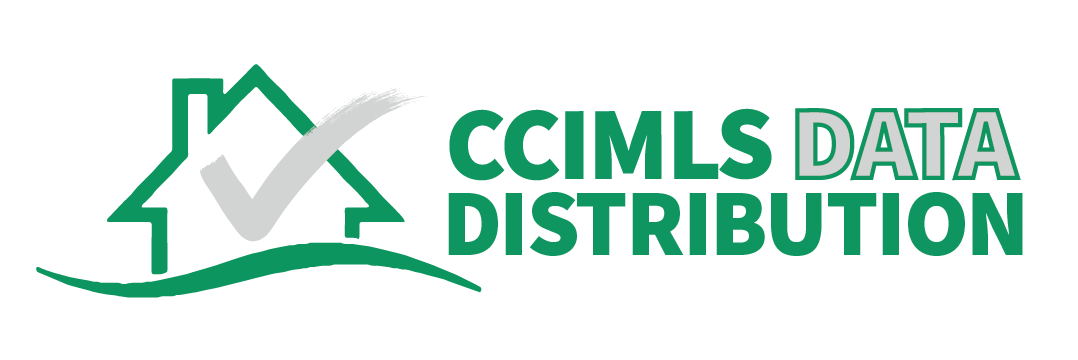
Photo by Karolina Grabowska from Pexels
When you're buying a new construction home, you may be in a situation where you can't sell your existing home until the new one is complete. This can cause added financial stress, but it doesn't have to. Bridge loans are specialized loans that can eliminate this added pressure. Here are a few base points about bridge loans.
What Is a Bridge Loan?
A bridge loan eases the budget bottleneck you might experience during a real estate transaction that takes place over months instead of immediately. These short-term loans provide you with an influx of cash now when you need it to navigate this financial situation.
Since these are short-term loans, they have higher interest rates, but since you'll pay the loan off within 6 months to a year, this interest does not compound as it would with a 30-year loan.
When You Might Use a Bridge Loan to Buy a New Home
When a person is buying a new construction home, they still need a place to live while the home is under construction. Because of that many homebuyers don't want to sell their home until the other is ready for move-in. This may mean paying a mortgage payment for the place you live in and then paying for new construction loan payments at the same time.
Both may be large payments, putting a strain on the budget. Bridge loans can give you funding to make both payments at once, reducing strain and creating a smoother home buying experience.
How Does a Bridge Loan Work?
There are two main types of bridge loans that lenders may be able to offer you.
- Hold two loans
- Rolling loans together
Hold Two Loans
The lender allows you to borrow up to 80% of your current home's value minus what you owe on that mortgage. This allows you to put down a substantial down payment even though you have yet to sell the existing home. You'll keep your first mortgage and make those payments. Then you'll have a second, much smaller payment for the bridge loan. There will then be a balloon payment that comes after your existing home sells, ideally.
Rolling Loans Together
With this option, you take out a loan up to 80% of your home's value that can pay off your first mortgage plus the amount you need for bridge funds. Then you'll usually:
- Pay off your first mortgage
- Use the bridge funds to make a down payment on your new home
- Get a mortgage on the new home and move in
- Sell your existing home
- Pay off the new mortgage and bridge portion of the loan
Risks of Bridge Loans
Bridge loans have slightly higher interest rates than a standard mortgage and will have fees comparable to taking out a mortgage. Make sure you understand those fees. Bridge loans provide peace of mind. They are a convenience that can be well worth the money, depending on your financial situation.
Having a bridge loan will put you on a stricter timeline to sell your existing home and build the new one. But generally, it's a year and doable in most situations. It's just important to keep this timeline in mind, so you can keep things moving until, very soon, you're moving into your new construction home.
About the Author

Mark Handy
"The Cape Guy"
Helping buyers and sellers find their dream homes in Cape Cod, MA, Cape Coral, FL and surrounding towns. Call me today for a Free Market Analysis and let me show you my marketing plan to help you sell your property quickly and for the best possible price.


